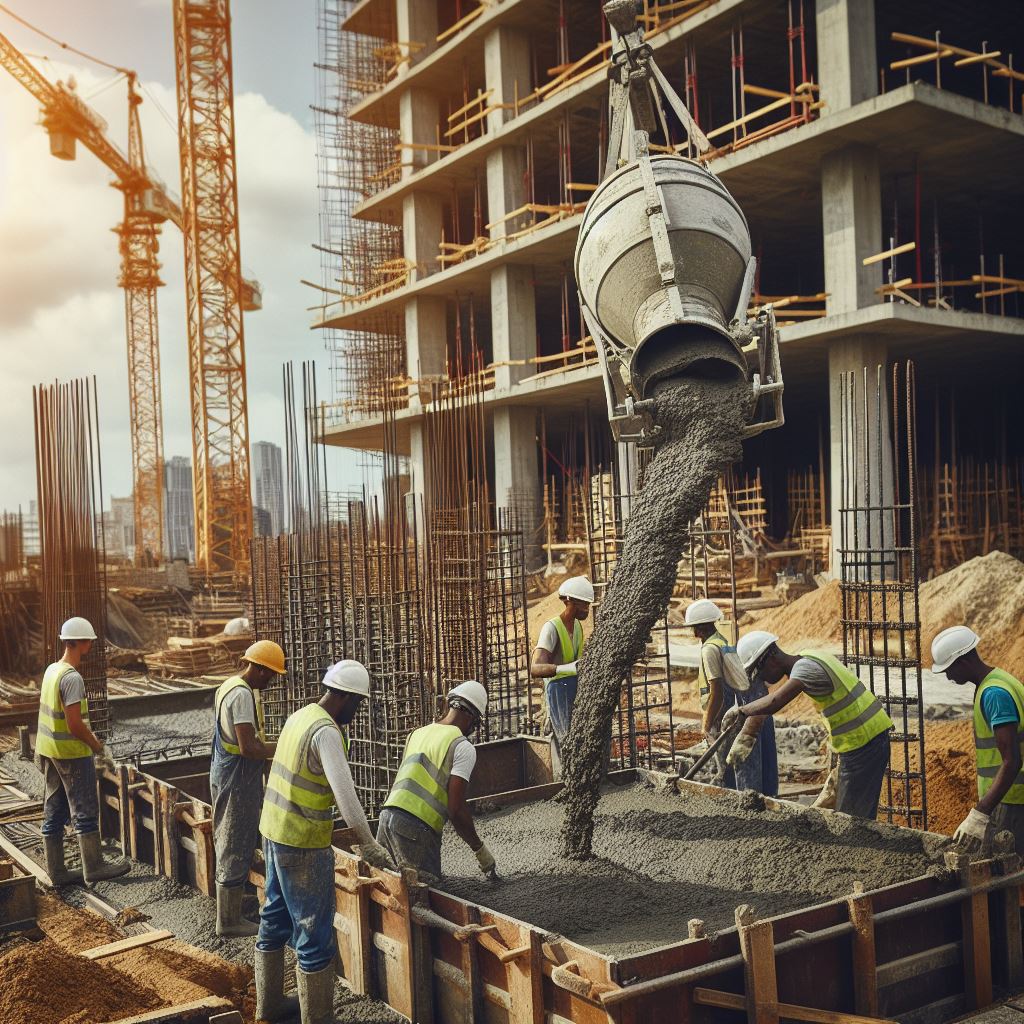

March 18, 2024
Cement stands as the fundamental ingredient in construction, binding together bricks, stones, and concrete to erect structures that withstand the test of time. In India, a diverse range of cement types caters to varying construction needs, reflecting the nations rich architectural heritage and modern infrastructure demands. Lets delve into the different types of cement prevalent in Indian construction practices.

OPC, the most commonly used cement in India, comes in various grades like OPC 33, OPC 43, and OPC 53, denoting their compressive strength in megapascals (MPa).
OPC 53 is preferred for structural applications where high strength is imperative, such as bridges, high-rise buildings, and heavy infrastructure projects.
OPC 43, with slightly lower strength, finds extensive use in general construction works, residential buildings, and plastering.
PPC blends Portland cement clinker with pozzolanic materials like fly ash, volcanic ash, or calcined clay, enhancing durability and reducing the carbon footprint.
Its slower rate of heat evolution makes it suitable for mass concrete works, dams, and marine structures, where controlling temperature rise is crucial.
PPC's ability to resist chloride and sulphate attacks makes it a popular choice for coastal regions and areas with aggressive environments.
PSC incorporates granulated blast furnace slag, a by-product of steel plants, with Portland cement, offering higher resistance to chemical attacks, better workability, and reduced permeability.
Widely used in marine and coastal constructions, sewage treatment plants, and road projects due to its superior resistance to sulphates and chlorides.
PSC's slower hydration process contributes to reduced heat generation, making it advantageous for massive concrete structures.
Renowned for its aesthetic appeal, white cement contains lower iron and manganese oxide content, resulting in a brighter and more consistent color. Primarily utilized in architectural applications, decorative concrete works, and prestigious projects where visual appearance is paramount. White cement in India is sourced from selected manufacturers and finds application in premium residential complexes, heritage restorations, and artistic creations. Rapid Hardening Cement: Designed to achieve high early strength, rapid hardening cement sets quickly and gains strength faster than OPC. Suitable for repair works, precast concrete elements, and cold weather concreting, where expedited construction schedules are essential. Its rapid strength development aids in reducing the formwork removal time, thus accelerating project timelines.
Formulated to withstand the detrimental effects of sulphate attacks prevalent in soil and water, SRC contains a low tri-calcium aluminate (C3A) content. Ideal for foundations, underground structures, and areas prone to sulphate-rich groundwater, safeguarding against deterioration and structural damage. SRC ensures long-term durability in regions with high sulphate concentrations, such as coastal areas and industrial zones.
The realm of cement types in India mirrors the nation's diverse construction landscape, catering to a spectrum of structural requirements, environmental conditions, and architectural aspirations. From the ubiquitous OPC to specialized variants like PPC, PSC, and white cement, each type brings distinct properties and benefits to the construction table. As India strides towards infrastructural advancement and sustainable development, the judicious selection of cement types remains pivotal in ensuring resilient, enduring, and aesthetically pleasing built environments.
Share this article with your friends